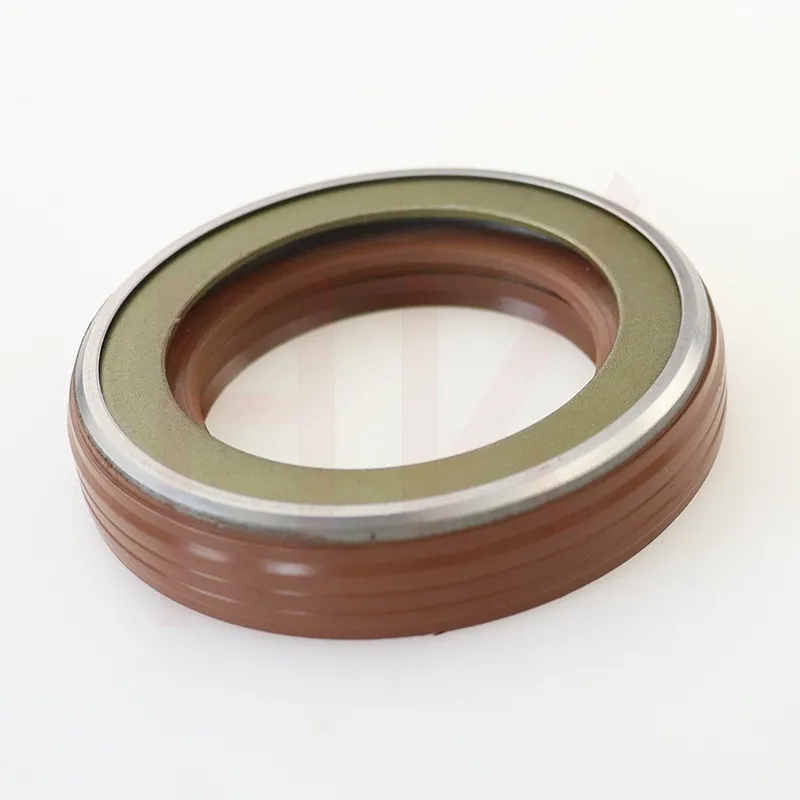Nov . 22, 2024 01:00 Back to list
hydraulic motor seals
Understanding Hydraulic Motor Seals Importance, Types, and Maintenance
Hydraulic motors are integral components in various industrial applications, translating hydraulic energy into mechanical power. They are employed in machinery ranging from construction equipment to agricultural implements. A critical aspect of these hydraulic systems is the seal or sealing mechanism, which plays a vital role in ensuring optimal performance, preventing leaks, and extending the lifespan of the equipment. This article delves into the significance of hydraulic motor seals, the types available, and tips for maintaining them.
The Importance of Hydraulic Motor Seals
Seals in hydraulic motors serve as barriers, preventing fluid leaks and maintaining system pressure. The efficiency of hydraulic systems often relies on the integrity of these seals. Any failure can lead to a loss of hydraulic fluid, resulting in decreased efficiency, potential damage to components, and increased operational costs. Moreover, leaks can pose environmental hazards, leading to contamination and regulatory concerns.
Proper sealing is not merely a matter of efficiency; it is also crucial for safety. A malfunctioning seal can cause pressure build-up, leading to catastrophic failures that may injure operators or damage equipment. Therefore, understanding the properties and functions of hydraulic motor seals becomes paramount for anyone working in industries that utilize hydraulic systems.
Types of Hydraulic Motor Seals
There are various types of seals used in hydraulic motors, each designed to serve specific functions under different conditions. The most common types include
1. O-Rings These circular elastomeric seals are widely used due to their simplicity and effectiveness. O-rings are available in various materials, including nitrile rubber, fluorocarbon, and silicone, allowing for compatibility with different hydraulic fluids and temperature ranges.
2. Lip Seals Lip seals, also known as radial shaft seals, feature a flexible lip that makes contact with the shaft, preventing fluid leakage. They are highly effective in retaining lubrication while excluding contaminants and are often used in rotating applications.
3. U-Cups These seals are shaped like a U and are commonly used in hydraulic applications. U-cups can provide excellent sealing performance and are often utilized in both dynamic and static applications.
4. Gaskets Used primarily for static sealing between flanges or housing, gaskets prevent fluid from leaking out of the assembly. They are designed to accommodate irregularities in surface finishes and can be made from various materials such as rubber, cork, or composite materials.
hydraulic motor seals

5. Ball Seals These seals utilize a ball mechanism to form a tight seal against the shaft. They allow for dynamic sealing and can be useful in applications where traditional seals may fail due to wear or contamination.
The choice of seal depends on several factors, including the operating pressure, temperature, fluid compatibility, and the specific design of the hydraulic motor.
Maintenance of Hydraulic Motor Seals
Regular maintenance is critical to prolonging the life of hydraulic motor seals. Here are some practical steps to ensure their longevity
1. Routine Inspections Regularly inspect seals for wear, tear, or damage. Look for signs of fluid leakage around the seal area, which can indicate a failure.
2. Fluid Quality Use high-quality hydraulic fluids that are compatible with the seal materials. Contaminants in hydraulic fluid can degrade seals, leading to premature failure.
3. Proper Installation Ensure seals are installed correctly. Misalignment or improper fitting can cause seals to wear out quickly. Follow the manufacturer's specifications during installation.
4. Monitor Operating Conditions Excessive pressure or temperature can stress seals beyond their operational limits. Monitor these parameters and ensure they remain within the recommended range to prevent seal failure.
5. Replace When Necessary Understand the lifespan of various seals and replace them proactively during routine maintenance, even before they show signs of failure.
Conclusion
In summary, hydraulic motor seals are crucial for the efficient operation of hydraulic systems. By understanding the different types of seals and their functions, along with maintenance practices, operators can ensure the reliability and operational efficiency of their equipment. Investing in the right seals and taking the time to maintain them will yield long-term benefits, enhancing performance and safety in hydraulic applications.
-
The Trans-formative Journey of Wheel Hub Oil Seals
NewsJun.06,2025
-
Graphene-Enhanced Oil Seals: Revolutionizing High-Pressure Oil Sealing
NewsJun.06,2025
-
Future of Hydraulic Sealing: Advanced Intelligent TCN Oil Seals
NewsJun.06,2025
-
Don’t Let a Broken TCV Oil Seal Ruin Your Day
NewsJun.06,2025
-
Bio-Inspired Dust Seals for Better Sealing Performance
NewsJun.06,2025
-
Biodegradable and Sustainable Hydraulic Seal Materials
NewsJun.06,2025
-
Top Oil Seal Solutions for Your Industrial Needs
NewsMay.22,2025
Products categories
















